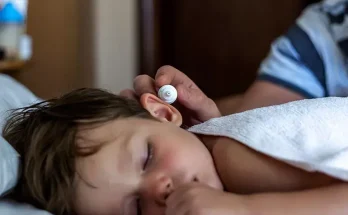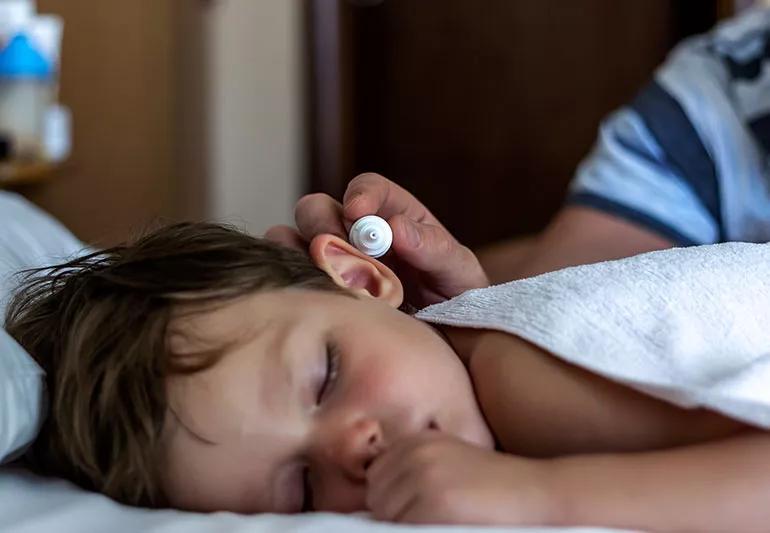4 natural ways to clear a blackhead breakout

re blackheads?
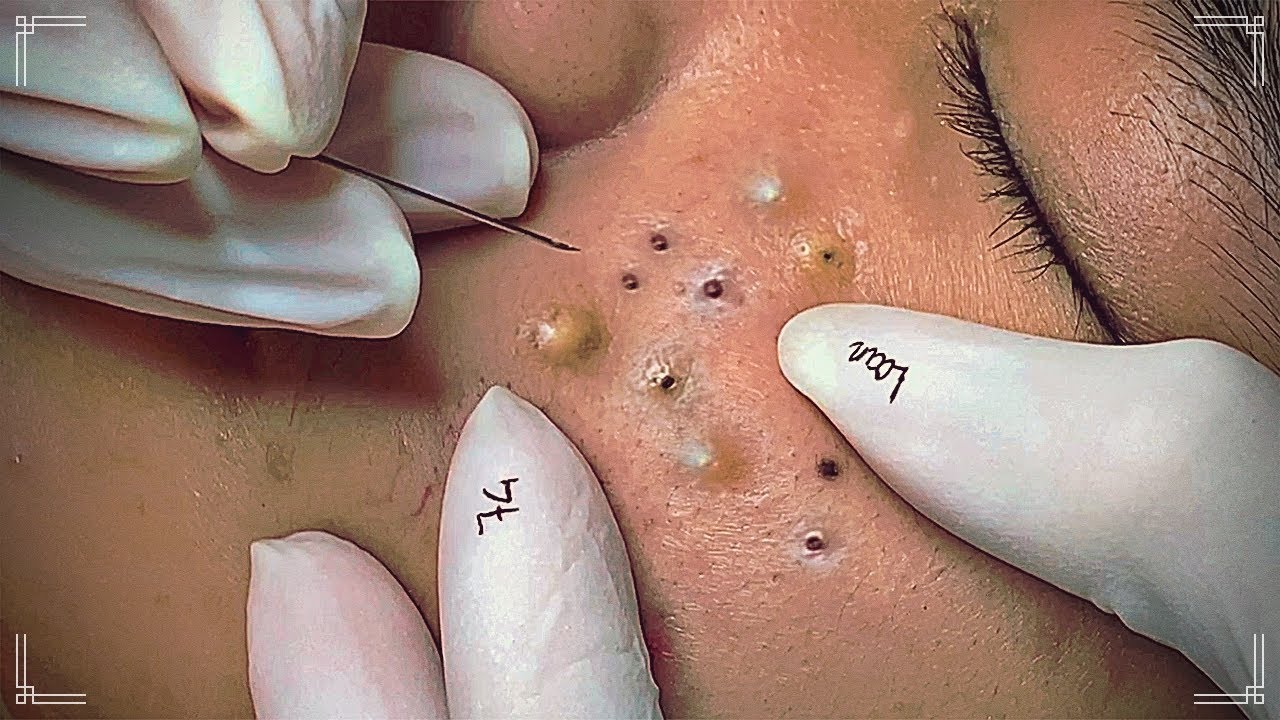
1. Apply baking soda paste to the affected area
2. Use green tea in a few different ways
3. Cinnamon and honey face mask
4. Use an oatmeal face mask for 20 minutes
Last updated on : 01 Aug, 2024
Read time : 11 min
Table of Contents
Key Highlights
- Clogged pores that are exposed to air can oxidise and turn black, which is what causes blackheads.
- Blackheads can be avoided with a good skincare regimen that includes washing, exfoliating, and using non-comedogenic products.
- Blackheads can be successfully removed with at-home treatments like steam, masks, and blackhead extractor instruments.
- For severe situations, there are professional treatments such as chemical peels, microdermabrasion, and manual extraction.
- Avoiding heavy makeup, eating a balanced diet, and utilizing the right skincare products are examples of preventive methods.
What are Blackheads?
Blackheads, which frequently can present themselves as tiny, dark spots on the skin, are a common skincare issue that many individuals encounter. They usually appear on the nose, forehead, and chin, places where the skin is more likely to be oily. These bothersome imperfections are a form of acne that arises from clogged hair follicles filled with a mixture of dead skin cells and oil. The dark appearance of blackheads is a result of their open nature, which allows the contained debris to oxidize when exposed to air, setting them apart from whiteheads.
Blackheads are a moderate form of acne, but they can still be difficult to manage. If left untreated, they can cause irritation and enlarged pores, in addition to altering the appearance of the skin. Regular washing and exfoliation are two good skin care habits that can help stop and lessen the appearance of blackheads. A balanced diet and the use of non-comedogenic products can also help manage these recalcitrant skin issues. A dermatologist’s advice may also offer specialized ways to deal with blackheads and enhance the general health of your skin.
How do Blackheads Form?
Blackheads arise due to the accumulation of dead skin cells and sebum, an oily material secreted by the sebaceous glands in hair follicles. Oxidation results from the clogged pore being exposed to air while it is left open. The blocked substance turns black as a result of this oxidation, hence the term “blackhead”.
Read Also: Quick Tips for Acne Treatment
Understanding Blackheads
It’s crucial to comprehend blackheads in order to treat and avoid them. Blackheads are not brought on by dirt; rather, they are the result of oil oxidation and dead skin cells stuck in pores. This means that overwashing or using harsh scrubs can actually make blackheads worse by irritating the skin and causing an increase in oil production.
What Causes Blackheads?
Blackhead formation is caused by a number of factors:
- Excess Oil Production: Pore blockages may result from sebaceous glands that are overactive.
- Dead Skin Cells: Improper shedding of dead skin cells can cause them to build up and clog pores.
- Hormonal Changes: Changes in hormones, especially during puberty, menstruation, or when taking certain medications, can increase oil production.
- Specific Skincare Items: Too thick or oily of a product might clog pores.
- Diet: Blackheads and acne may be exacerbated by a diet heavy in dairy and sugar.
- Genetics: Because of the makeup of their skin, some people are genetically susceptible to developing more blackheads than others.
How to Remove Blackheads From Nose at Home
Blackhead removal at home is safe when done with the appropriate methods and supplies:
- Steam your face: Steam facilitates pore opening, which makes blackhead removal simpler. For around ten minutes, place a towel over your head and bend over a bowl of boiling water.
- Employ a blackhead extractor tool: This method can help get rid of blackheads without harming the skin. After each usage, thoroughly clean the instrument.
- Regularly exfoliate: Use a mild exfoliant containing glycolic or salicylic acid to remove dead skin cells and prevent clogged pores.
- Use pore strips: These can temporarily remove blackheads in the nose. Apply the strip after wetting your nose, allow it to dry, and then peel it off.
- Clay masks: These can be used to remove impurities from the skin and absorb extra oil.
Read Also: Healthy Diet and Food for Acne
Masks for Blackhead Removal
Blackhead removal masks are skincare treatments that unclog pores and cleanse the face of excess oil and pollutants to help get rid of blackheads. Usually, they have chemicals like salicylic acid, charcoal, or clay that tighten pores and suck out impurities, leaving skin smoother and clearer.
Using these masks regularly can help prevent blackheads from developing in the future. Let’s explore some of the blackhead removal masks.
- Charcoal Mask: Charcoal masks are a great way to remove oil and debris from pores. Your nose will benefit from a charcoal mask applied, let to dry, and then peeled off.
- Clay Mask: Clay masks help absorb extra oil and clear up pores, especially ones that contain kaolin clay or bentonite.
- Honey and Cinnamon Mask: Combine honey and cinnamon to make a sticky paste. Apply it to your nose, then rinse it off after ten to fifteen minutes. Cinnamon enhances blood circulation, and honey provides antimicrobial qualities.
Professional Blackhead Removal Techniques
Blackhead removal can be accomplished professionally using various methods, including chemical peels, laser therapy, vacuum suction, and manual extraction. However, to reduce the possibility of scarring or skin injury, these procedures should only be carried out by qualified experts.
It is advised to get advice from a dermatologist or esthetician to decide the best course of action for specific skin types and issues.
- Chemical Peels: Salicylic or glycolic acid-based chemical peels can help exfoliate skin and get rid of blackheads.
- Microdermabrasion: This treatment uses a specialized tool to exfoliate the epidermis, removing dead skin cells and clogged pores.
- Professional Extraction: Using sterile instruments, dermatologists or qualified estheticians can physically remove blackheads.
How To Prevent Blackheads From Nose
To prevent blackheads on the nose, regularly cleanse the skin with a gentle cleanser, exfoliate to remove dead skin cells, use oil-free products, avoid touching the face frequently, and keep the pores clean by using non-comedogenic products.
Additionally, regularly moisturize and use products containing salicylic acid or benzoyl peroxide to help prevent blackheads from forming. Here are some methods for the prevention of blackheads.
- Cleanse Twice a Day: To get rid of extra oil and grime, use a mild cleanser.
- Avoid Heavy Makeup: Opt for non-comedogenic makeup to prevent pore clogging.
- Employ Products Without Oil: Choose skincare products that are non-comedogenic and oil-free.
- Exfoliate Regularly: Regularly exfoliate your skin to get rid of dead skin cells. Use exfoliating products.
- Hydrate: Skin, even oily ones, requires hydration. Use a moisturizer that is light and oil-free.
- Refrain from Touching Your Face: Contact with your face can cause clogged pores by transferring oil and grime from your hands to your face.
- Keep Up a Healthy Diet: Drink lots of water and cut back on sweets and dairy products.
Read Also: Natural Pregnancy Acne Remedies
The Best Ways to Get Rid of Blackheads
The best ways to get rid of blackheads include regular cleansing, exfoliating, using products with salicylic acid or benzoyl peroxide, and using pore strips or masks specifically designed for blackhead removal.
It’s important to avoid squeezing or picking at blackheads to prevent irritation and scarring. Consistency and patience are key in effectively treating and preventing blackheads. Here are some ways that you can employ to get rid of blackheads:
- Employ Retinoids: Retinoids are applied topically to aid in promoting cell turnover and decreasing the probability of obstructed pores.
- Try Salicylic Acid: This beta-hydroxy acid can help clear clogged pores by penetrating oil.
- Use benzoyl peroxide: Its antibacterial qualities can aid in the reduction of blackheads and acne.
Home Remedies To Get Rid Of Blackheads On Nose
Some home remedies to get rid of blackheads on nose include using a mixture of honey and cinnamon, exfoliating with baking soda, using a clay mask, steaming the face to open pores, and applying tea tree oil.
It’s important to remember that results may vary and it’s always best to consult with a dermatologist for personalized advice. A few home remedies that you can try for blackhead removal on nose are:
- Baking Soda and Water: Use the baking soda and water to make a paste. After applying it to your nose and letting it sit for a short while, rinse it off. Using baking soda as an exfoliator is natural.
- Green Tea: Combine green tea leaves with water to make a paste. Apply it to your nose and let it sit for ten to fifteen minutes before washing it off. Green tea helps lower oil output.
- Lemon Juice and Honey: Apply a mixture of lemon juice and honey to your nose. Rinse after 10 to 15 minutes. Honey has antibacterial qualities, and lemon juice is an astringent.
Takeaway
Although blackheads can be an enduring and annoying issue, they can be successfully handled with the correct information and methods. You can maintain clear, healthy skin by learning how blackheads occur and implementing preventive steps into your skincare routine. Blackhead removal alternatives are numerous and safe, both with home remedies and professional treatments. Always remember to treat your skin gently and stay away from harsh scrubs or excessive washing as they might make the issue worse.
Get our easy-to-use Truemeds app for affordable medicines. Just upload your prescription to access both brand-name and substitute drugs. Save money on your purchases and enjoy the added convenience of free home delivery on eligible orders across India*.
FAQs
To get rid of blackheads on your nose, you can use pore strips, exfoliate regularly with salicylic acid, apply clay or charcoal masks, or steam your face to open up pores before using a blackhead extractor tool.
Your nose may be full of blackheads due to excess oil production, clogged pores from dead skin cells and sebum, hormonal changes, or using skincare products that block pores.
While it’s challenging to completely remove blackheads in just 5 minutes, using a pore strip can offer quick results. Apply the strip to a wet nose, let it dry, and then peel it off to remove blackheads instantly.
Blackheads, which are black spots on nose, can be removed by cleansing with salicylic acid, using exfoliating scrubs, applying clay masks, and using pore strips for a quick fix.
Using toothpaste to remove blackheads is not recommended as it can irritate the skin and cause dryness or redness. It’s better to use products specifically designed for blackhead removal.
Safely remove blackheads by steaming your face to open pores, using gentle exfoliants like salicylic acid, applying clay or charcoal masks, and using sterilized blackhead extractor tools. Avoid squeezing them with your fingers to prevent skin damage and infection.
To remove blackheads from your nose at home, start by steaming your face to open up the pores. This can be done by leaning over a bowl of hot water with a towel over your head for about 10 minutes. Then, gently exfoliate with a salicylic acid scrub or use a blackhead extractor tool to carefully remove the blackheads.
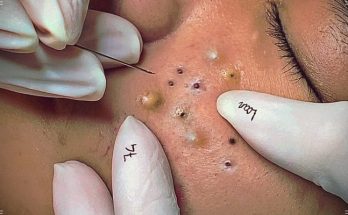
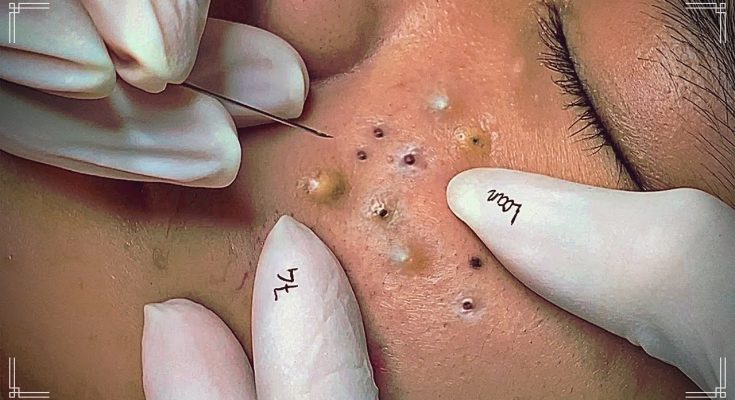
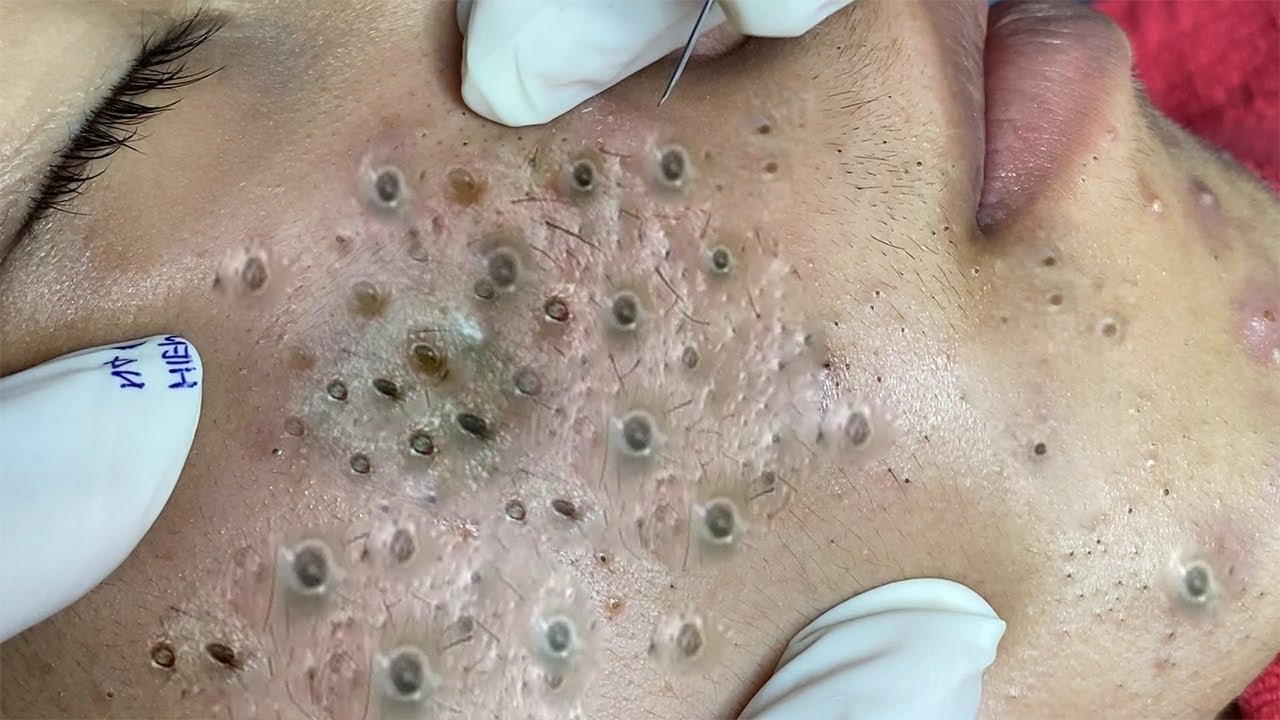

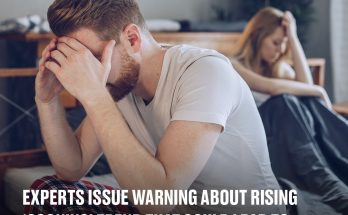
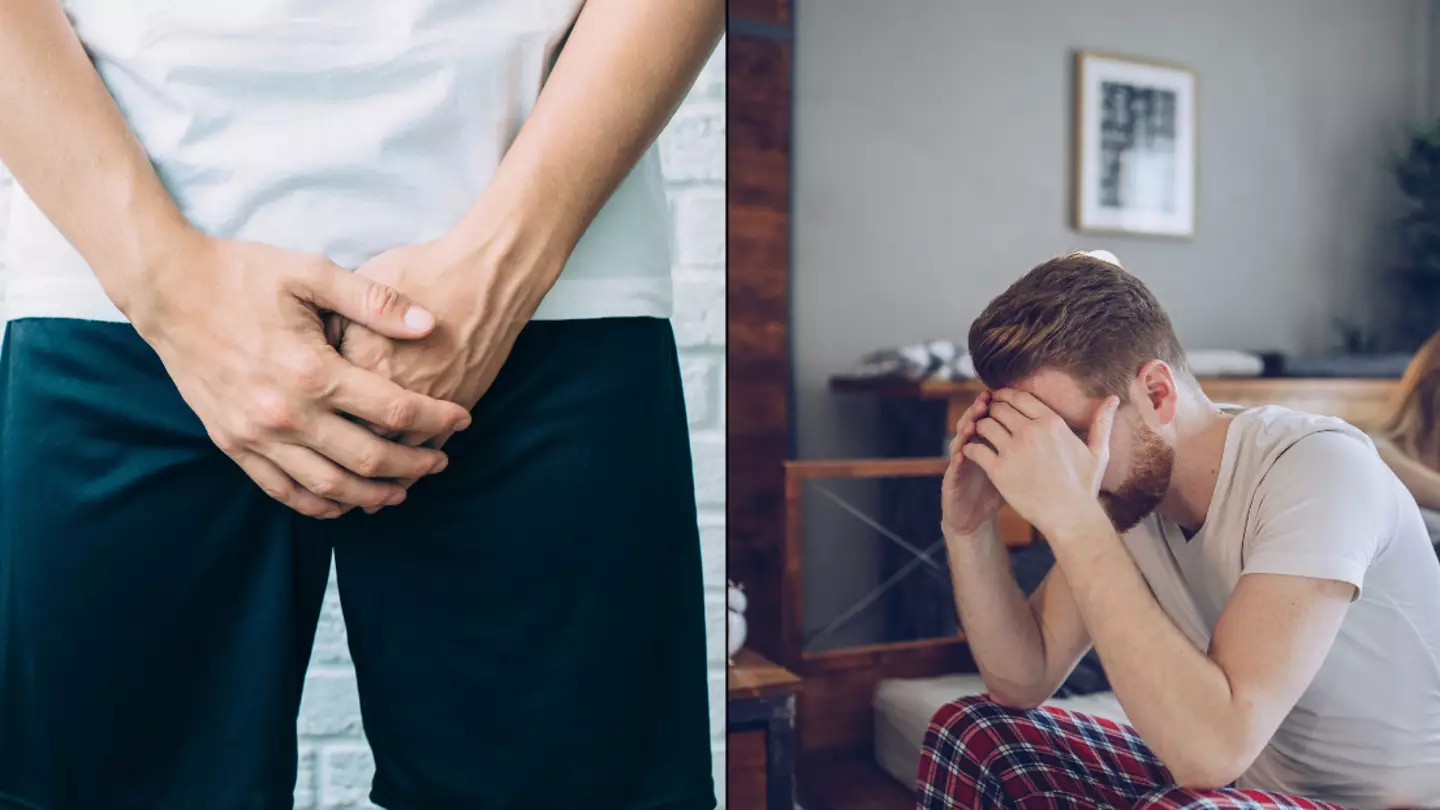
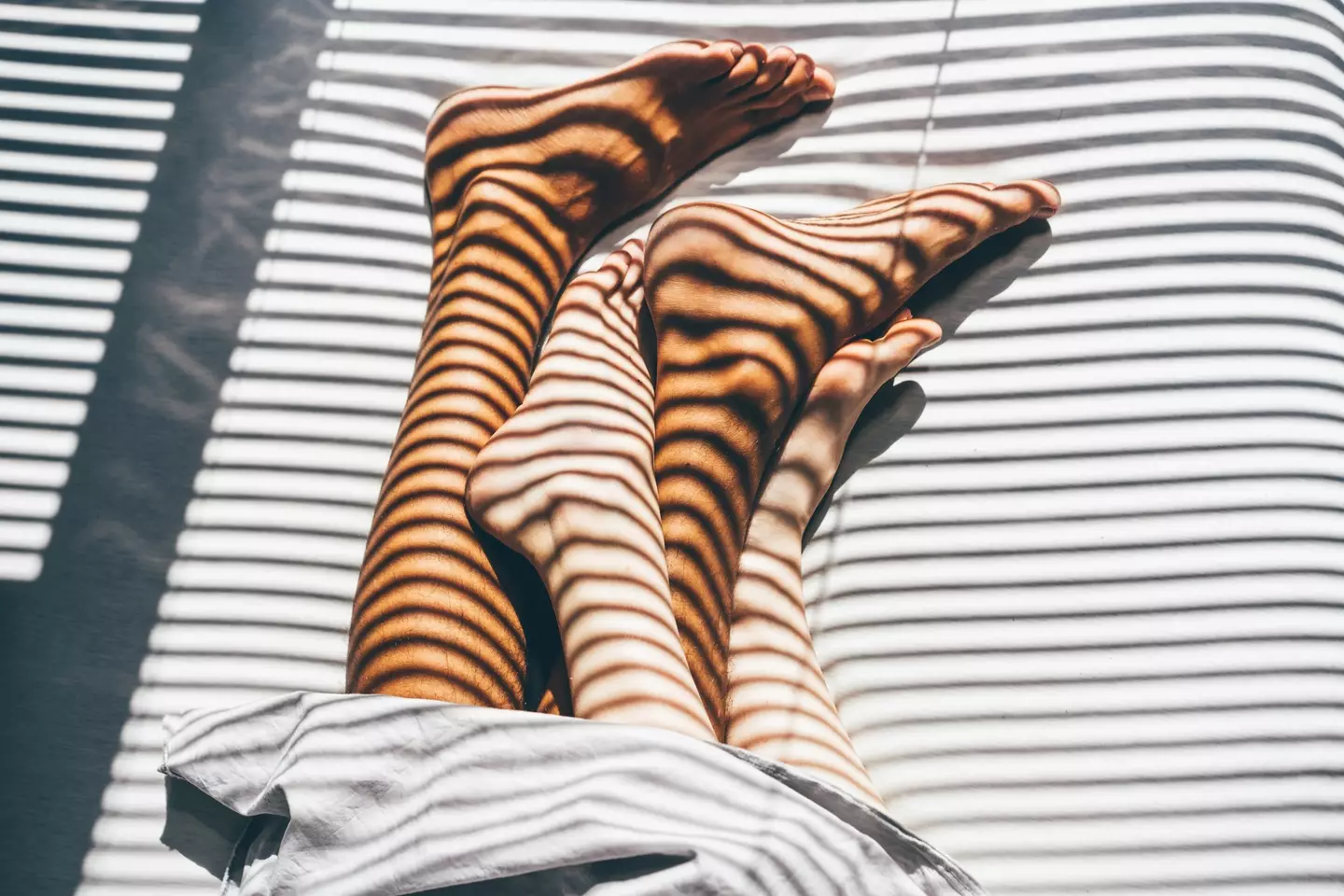
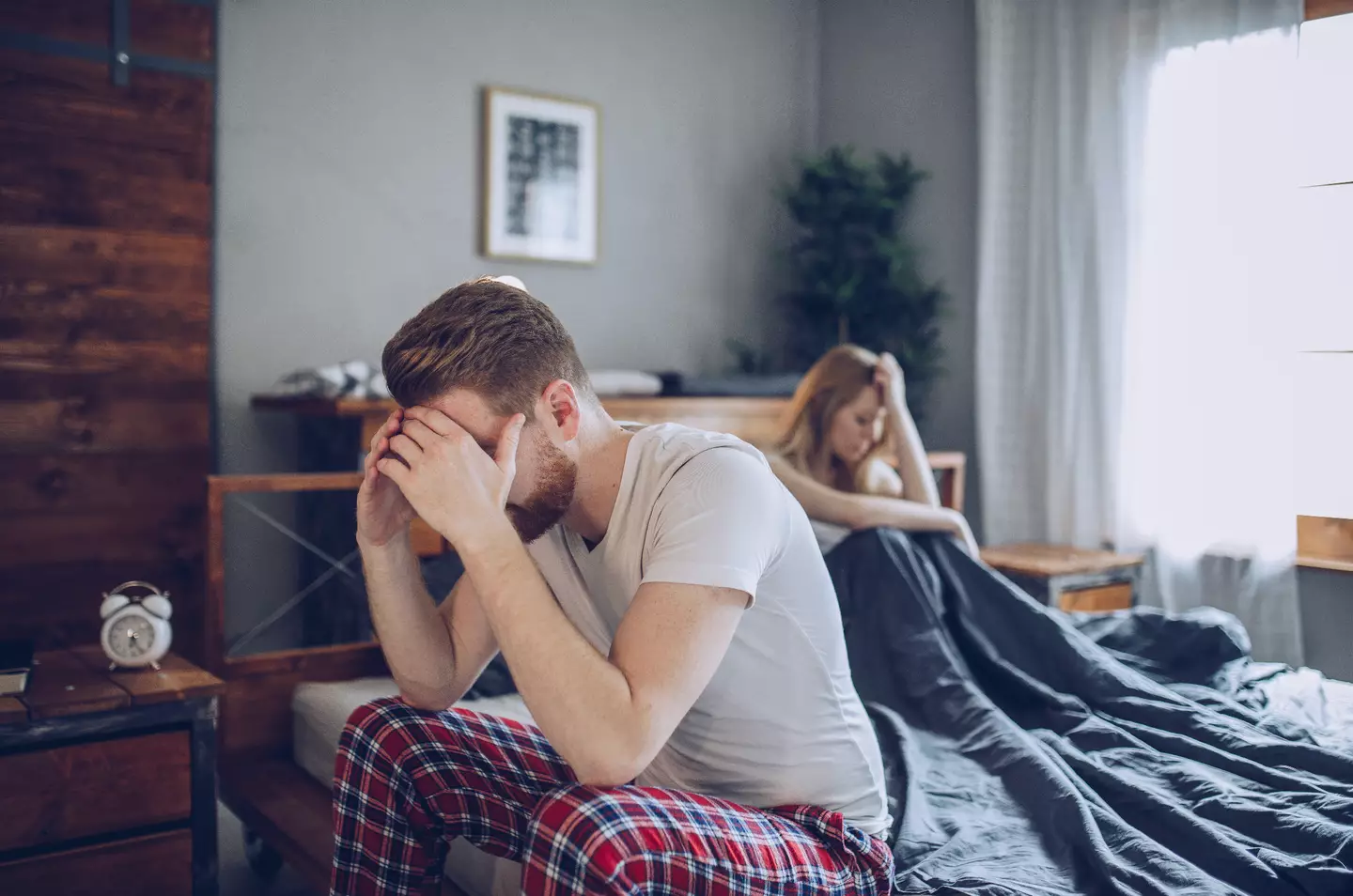
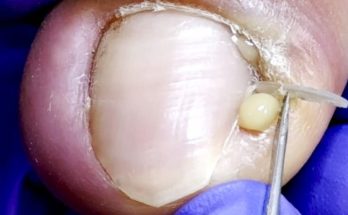
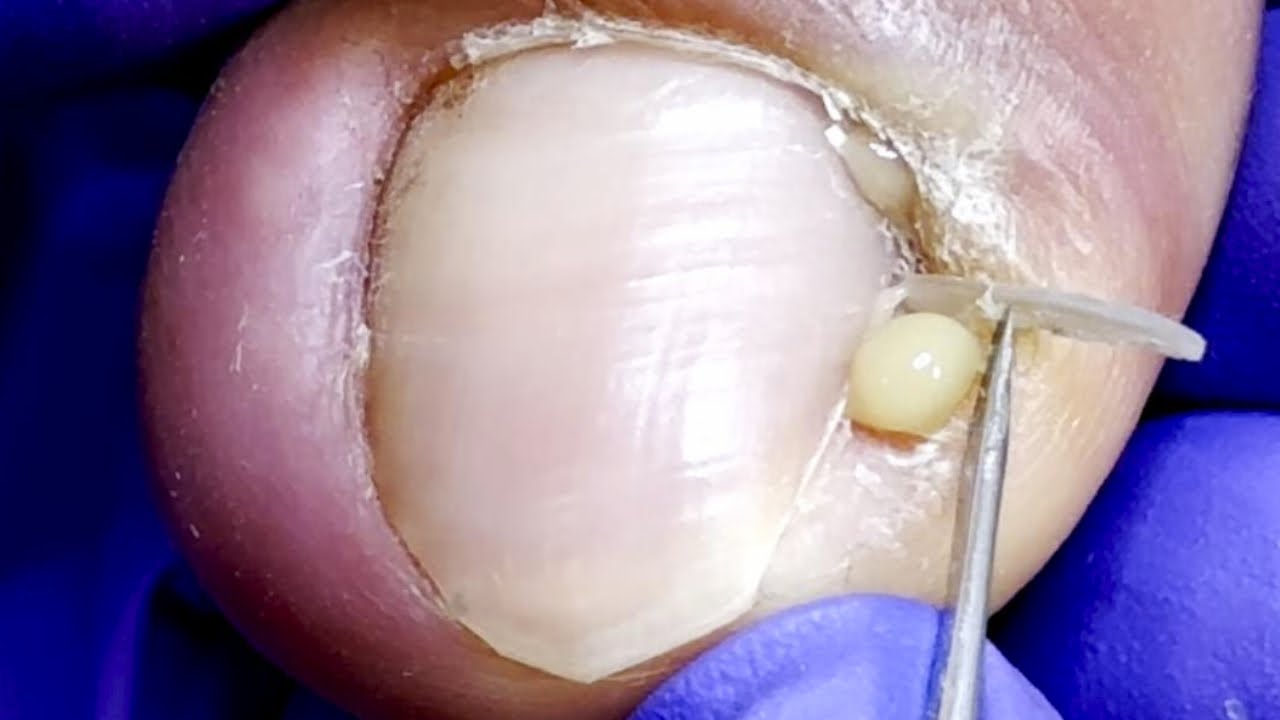

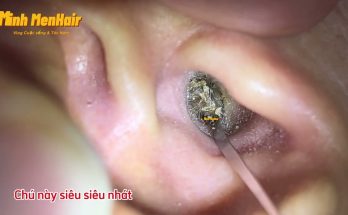

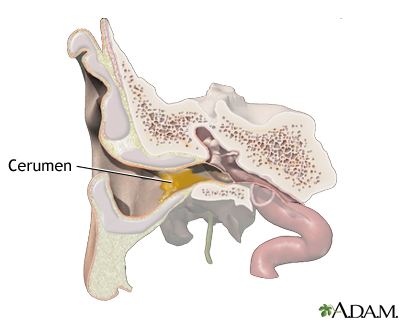

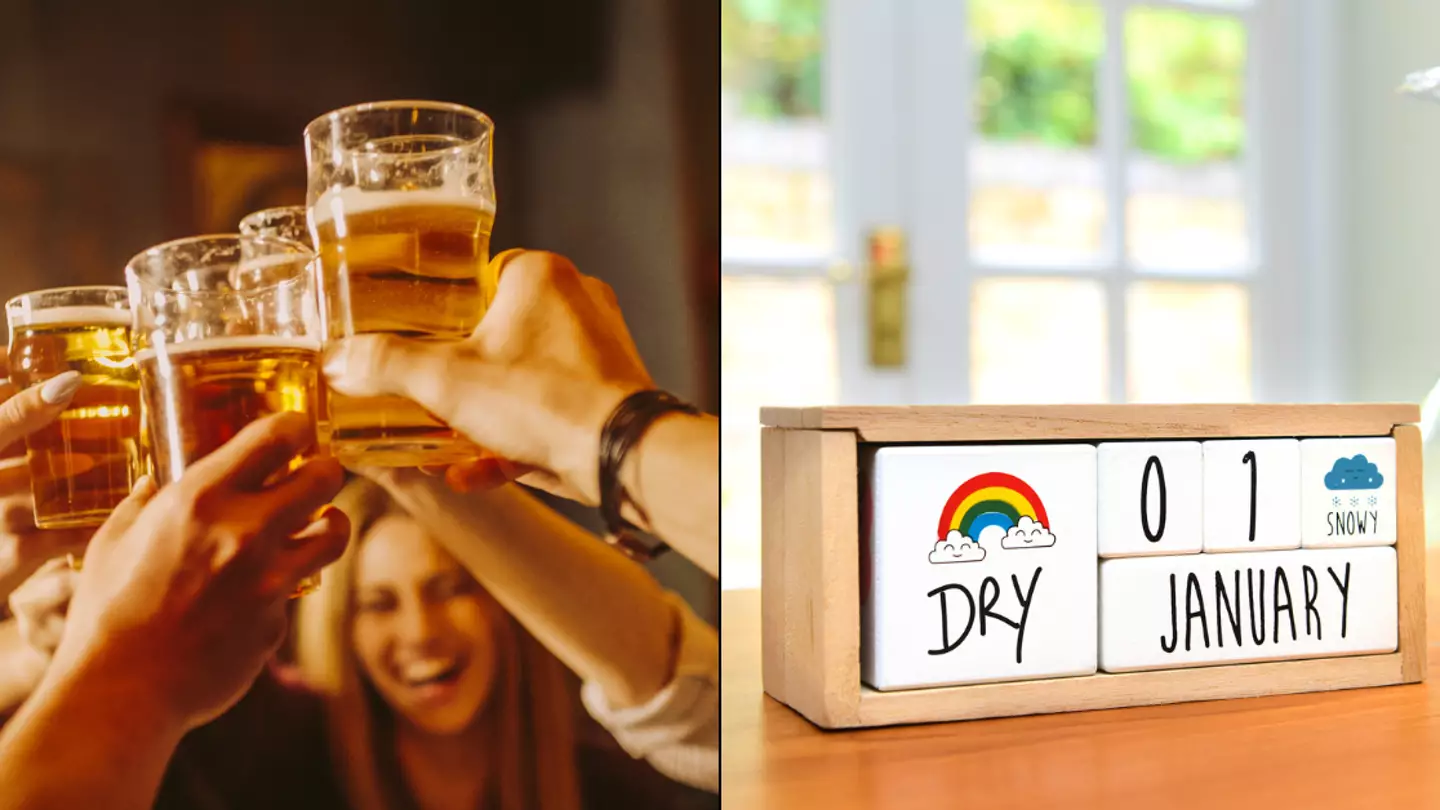
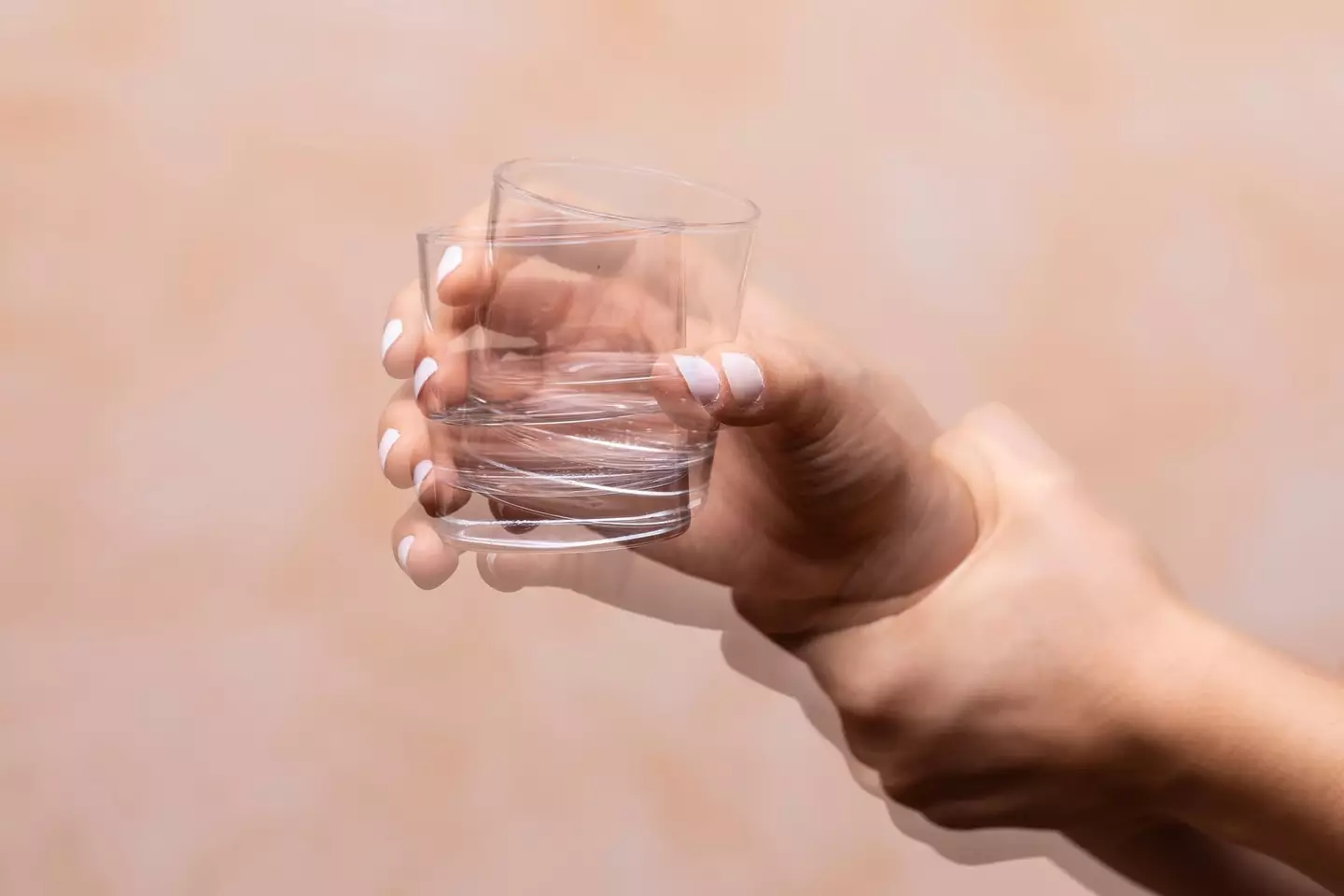
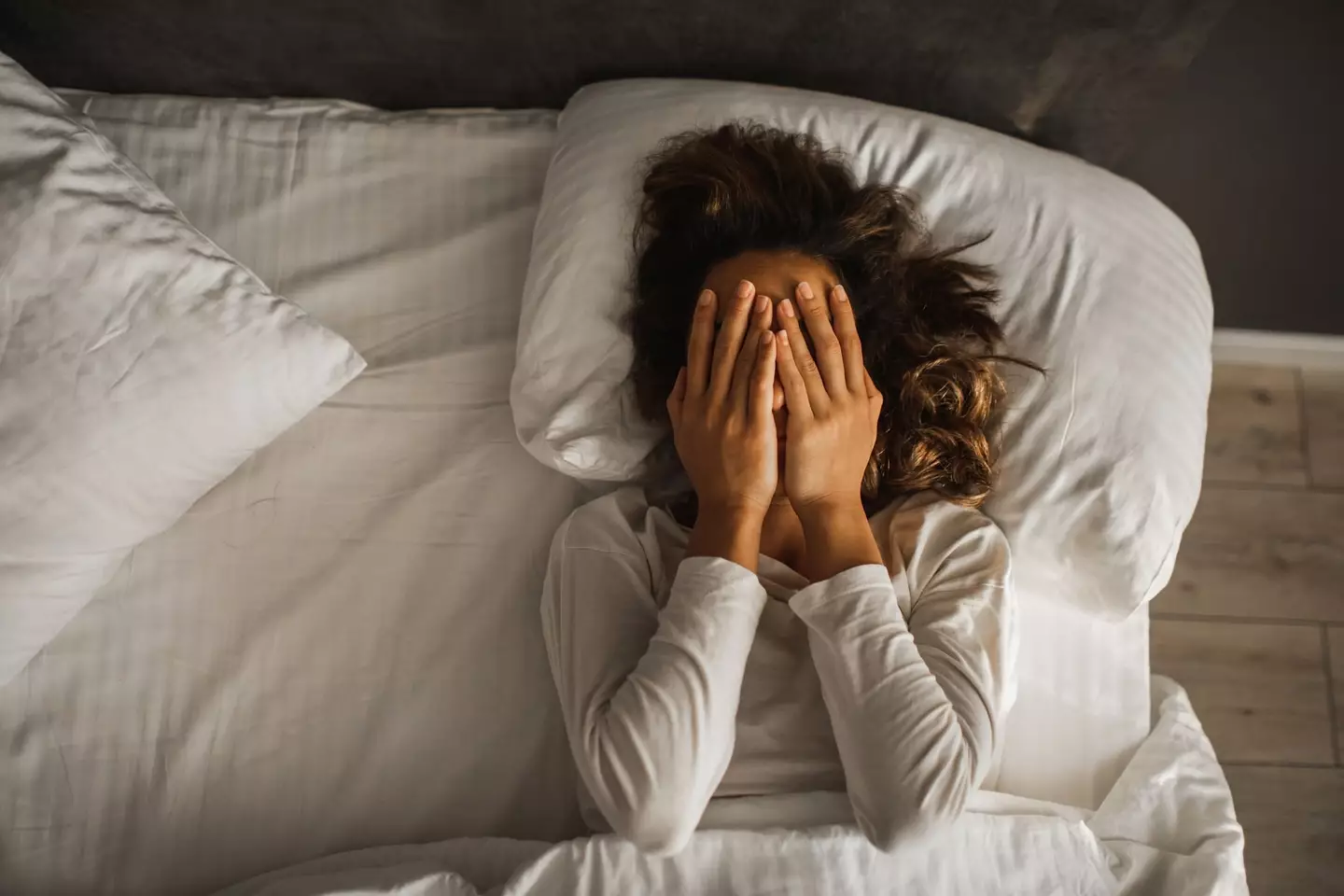
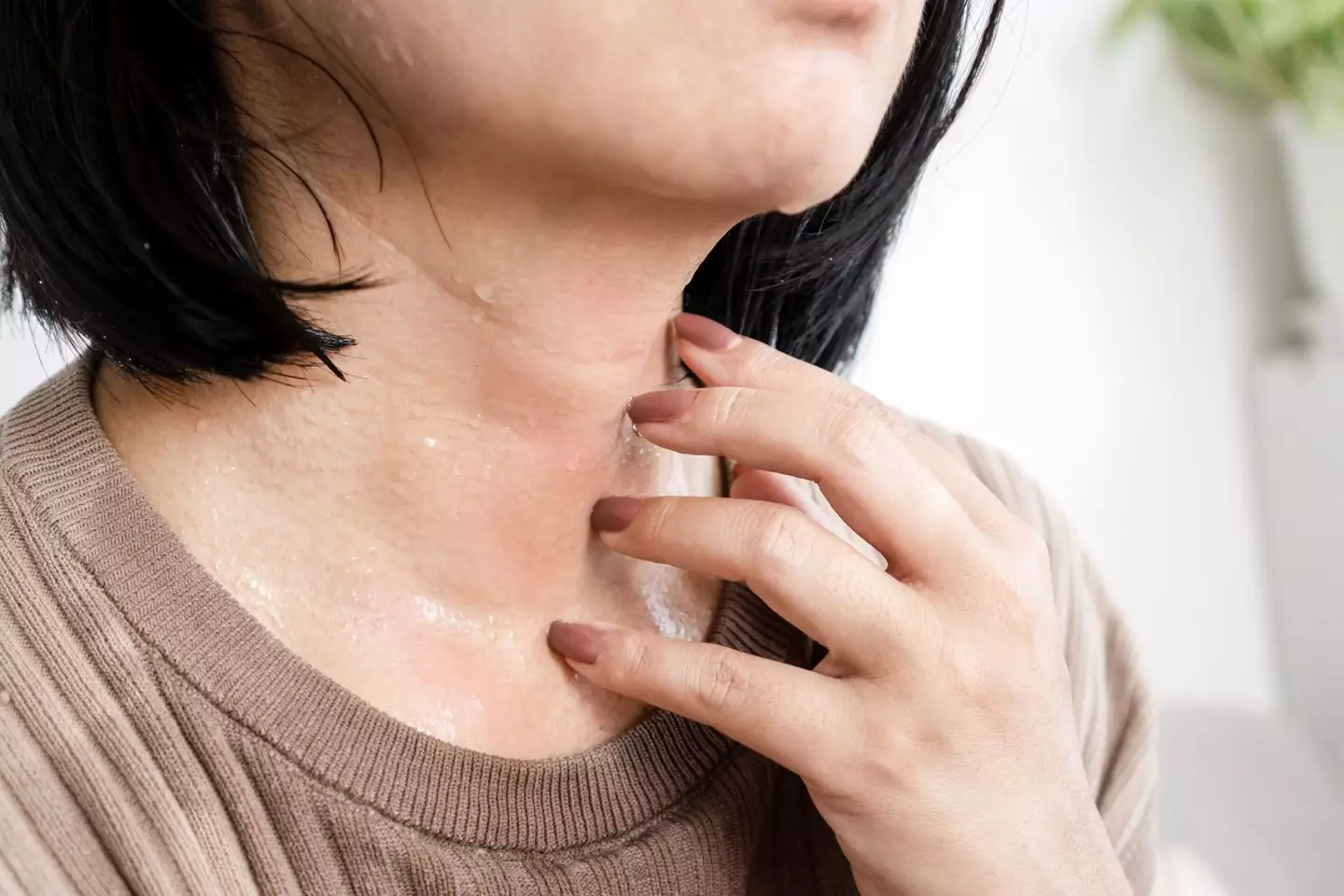

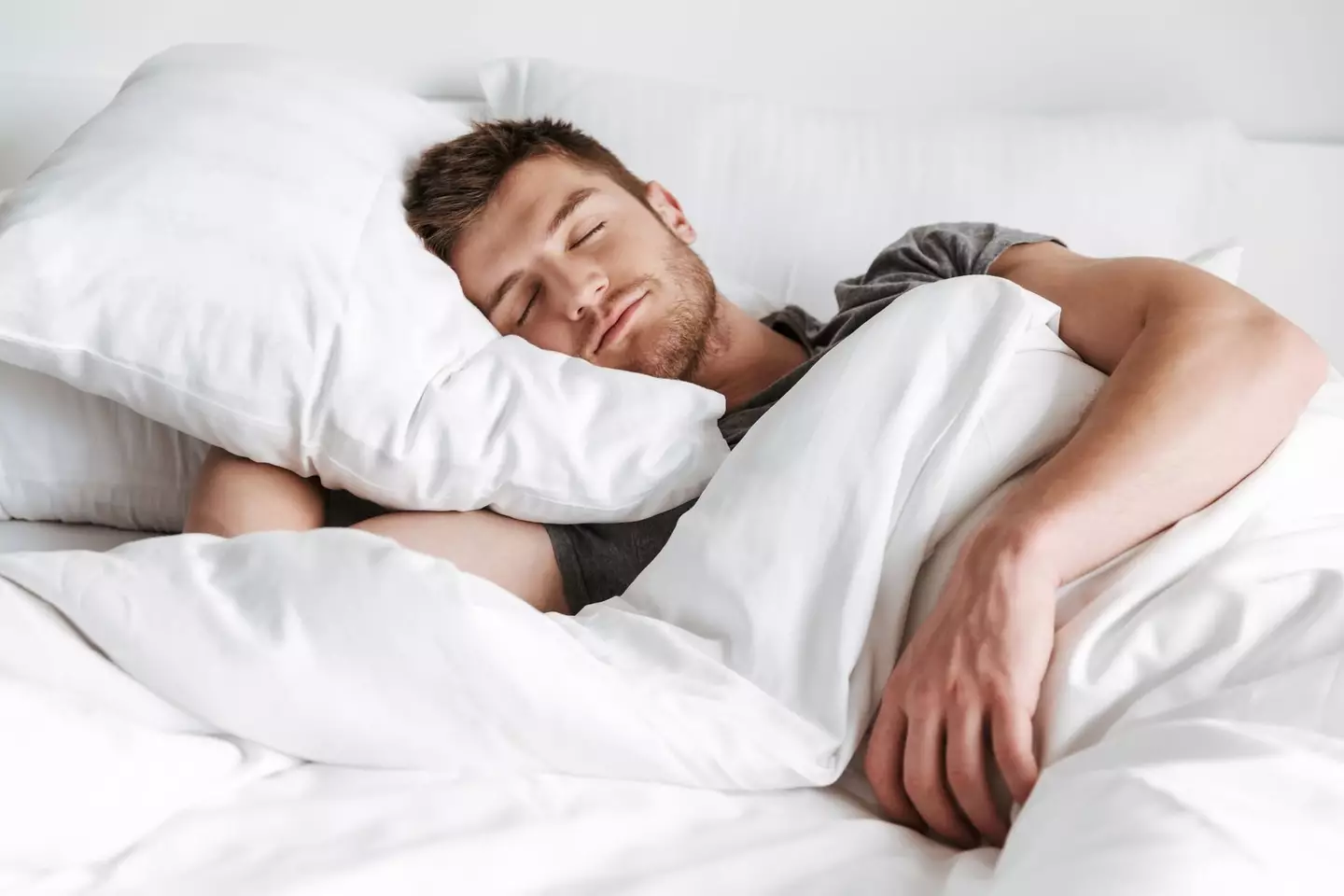
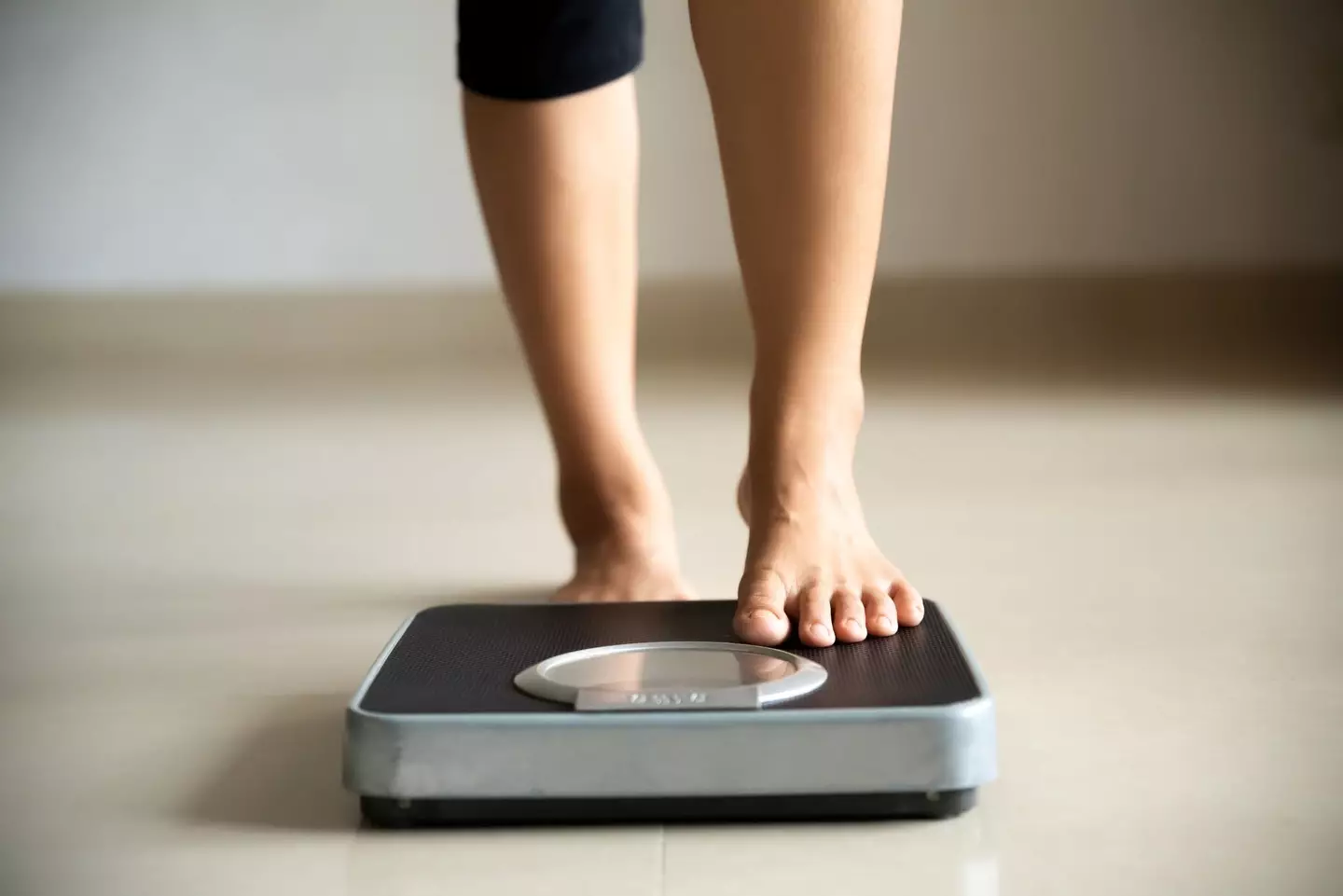
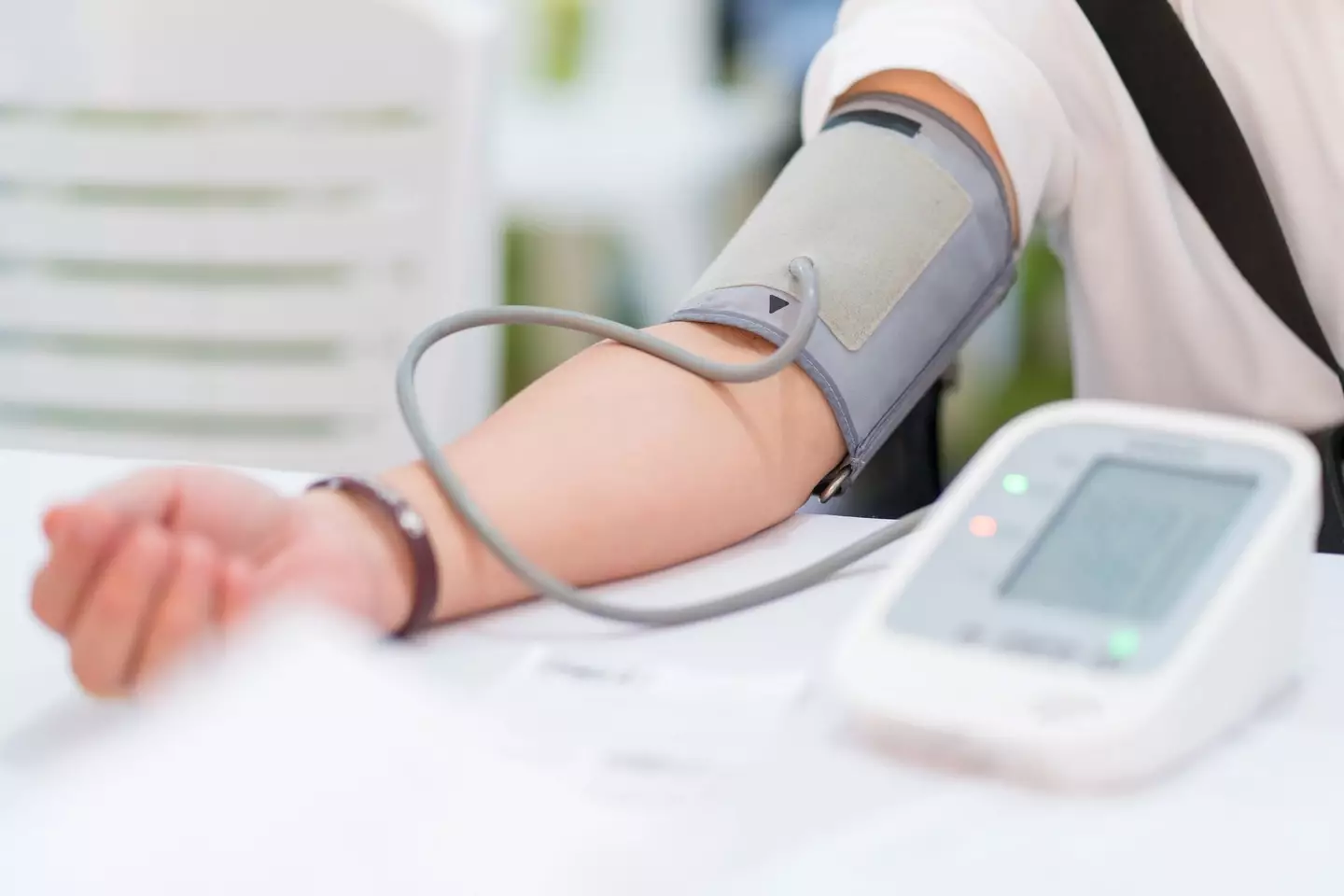
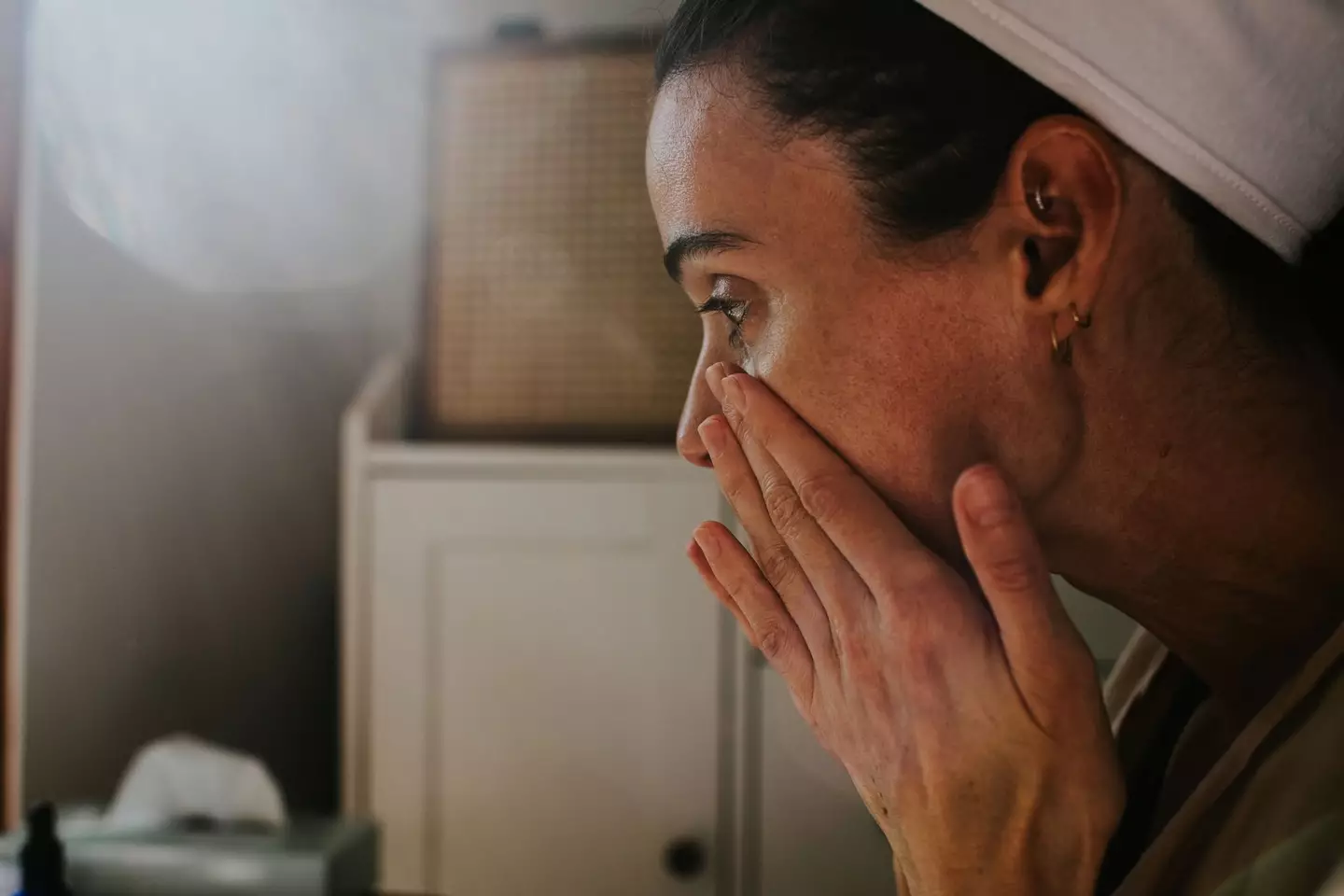
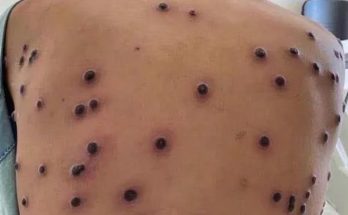





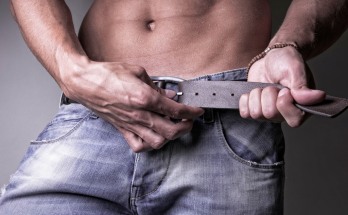
.jpg_FBttod?tr=w-1024,cr-0.0.1024.737&config=JTdCJTIyYWx0ZXJuYXRpdmVfdGV4dCUyMiUzQSUyMkdldHR5SW1hZ2VzLTExNDMxMzUwMCUyMCgzKS5qcGclMjIlMkMlMjJjYXB0aW9uJTIyJTNBJTIyRG9lcyUyMHBlbmlzJTIwc2l6ZSUyMG1hdHRlciUzRiUyMENyZWRpdCUzQSUyMFJhcGlkRXllJTJGR2V0dHklMjIlMkMlMjJjb29yZGluYXRlcyUyMiUzQSU3QiUyMmRlc2t0b3AlMjIlM0ElN0IlMjJsZWZ0JTIyJTNBMCUyQyUyMnRvcCUyMiUzQTAlMkMlMjJyaWdodCUyMiUzQTElMkMlMjJib3R0b20lMjIlM0EwLjcyJTdEJTJDJTIydGFibGV0JTIyJTNBJTdCJTIybGVmdCUyMiUzQW51bGwlMkMlMjJ0b3AlMjIlM0FudWxsJTJDJTIycmlnaHQlMjIlM0FudWxsJTJDJTIyYm90dG9tJTIyJTNBbnVsbCU3RCUyQyUyMm1vYmlsZSUyMiUzQSU3QiUyMmxlZnQlMjIlM0FudWxsJTJDJTIydG9wJTIyJTNBbnVsbCUyQyUyMnJpZ2h0JTIyJTNBbnVsbCUyQyUyMmJvdHRvbSUyMiUzQW51bGwlN0QlN0QlMkMlMjJ3aWR0aCUyMiUzQTIwMzQlMkMlMjJoZWlnaHQlMjIlM0ExNDczJTJDJTIydXVpZCUyMiUzQSUyMmJjM2NjMWFmLWI3MTQtNDJmMS1hNzNiLTIwMTFlYmIwMTIxY19fd3AtY29udGVudCUyRnVwbG9hZHMlMkZHZXR0eUltYWdlcy0xMTQzMTM1MDAoMykuanBnX0ZCdHRvZCUyMiU3RA==) Does penis size matter? Credit: RapidEye/Getty
Does penis size matter? Credit: RapidEye/Getty.jpg_TDbLaC?tr=w-1024,cr-0.0.1024.686&config=JTdCJTIyYWx0ZXJuYXRpdmVfdGV4dCUyMiUzQSUyMnBlbmlzJTIyJTJDJTIyY2FwdGlvbiUyMiUzQSUyMkNyZWRpdCUzQSUyMFByZWRyYWclMjBQb3BvdnNraSUyMCUyRiUyMEdldHR5JTIyJTJDJTIyY29vcmRpbmF0ZXMlMjIlM0ElN0IlMjJkZXNrdG9wJTIyJTNBJTdCJTIybGVmdCUyMiUzQTAlMkMlMjJ0b3AlMjIlM0EwJTJDJTIycmlnaHQlMjIlM0ExJTJDJTIyYm90dG9tJTIyJTNBMC42NyU3RCUyQyUyMnRhYmxldCUyMiUzQSU3QiUyMmxlZnQlMjIlM0FudWxsJTJDJTIydG9wJTIyJTNBbnVsbCUyQyUyMnJpZ2h0JTIyJTNBbnVsbCUyQyUyMmJvdHRvbSUyMiUzQW51bGwlN0QlMkMlMjJtb2JpbGUlMjIlM0ElN0IlMjJsZWZ0JTIyJTNBbnVsbCUyQyUyMnRvcCUyMiUzQW51bGwlMkMlMjJyaWdodCUyMiUzQW51bGwlMkMlMjJib3R0b20lMjIlM0FudWxsJTdEJTdEJTJDJTIyd2lkdGglMjIlM0E2MDAwJTJDJTIyaGVpZ2h0JTIyJTNBNDAwMCUyQyUyMnV1aWQlMjIlM0ElMjIyNDJhNDFkYy03NjlmLTQ3NDctODc0Yy1mNzBhODEyMTFiMTJfX3dwLWNvbnRlbnQlMkZ1cGxvYWRzJTJGR2V0dHlJbWFnZXMtMTIyNzMyODg3MigxKS5qcGdfVERiTGFDJTIyJTdE) Credit: Predrag Popovski / Getty
Credit: Predrag Popovski / Getty